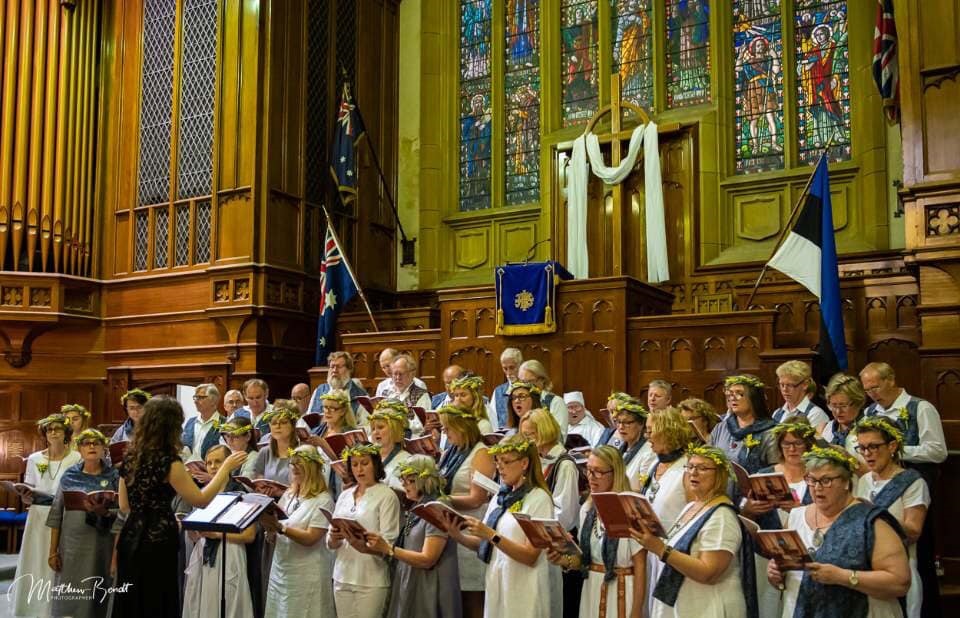The Estonian Song and Dance Celebration, celebrating the 150th jubilee this year, welcomes not only Estonian choirs – dozens of dance groups and choirs from all around the globe are also participating; Estonian World contacted several of them to find out why the celebration was special.
From 4-7 July, tens of thousands of Estonians and visitors will gather to take part in the Song and Dance Celebration in Tallinn. But some journeys to the city’s Song Festival Grounds have been longer than others. Dozens of dance groups and choirs from all around the world will also be participating in the festivities. They are made up of Estonians who were forced to flee after and during the Second World War, their descendants, those who moved abroad more recently, and people who are not Estonian at all but just have a love for the country and its culture.
This year, groups are coming from all over Europe, Canada, the US, Australia, and Japan. All of them had to audition to take part. Estonian World contacted several choirs from around the world and some were kind enough to reply to our questions. We wanted to know why the celebration was special to them, and what it means to take part.
Australia – Kooskõlas Segakoor
Almost 70 members of an Australian choir, Kooskõlas, have flown to Estonia this year to take part in the song celebration. Based in Sydney, the singers come from four states and all along the country’s east coast.
“We have been rehearsing for over two years and were you to add up the total distance travelled by our interstate choristers to get to rehearsals in Sydney, the number would come to over 250,000 km,” Kieran Scott, the choir’s director, told Estonian World by email.
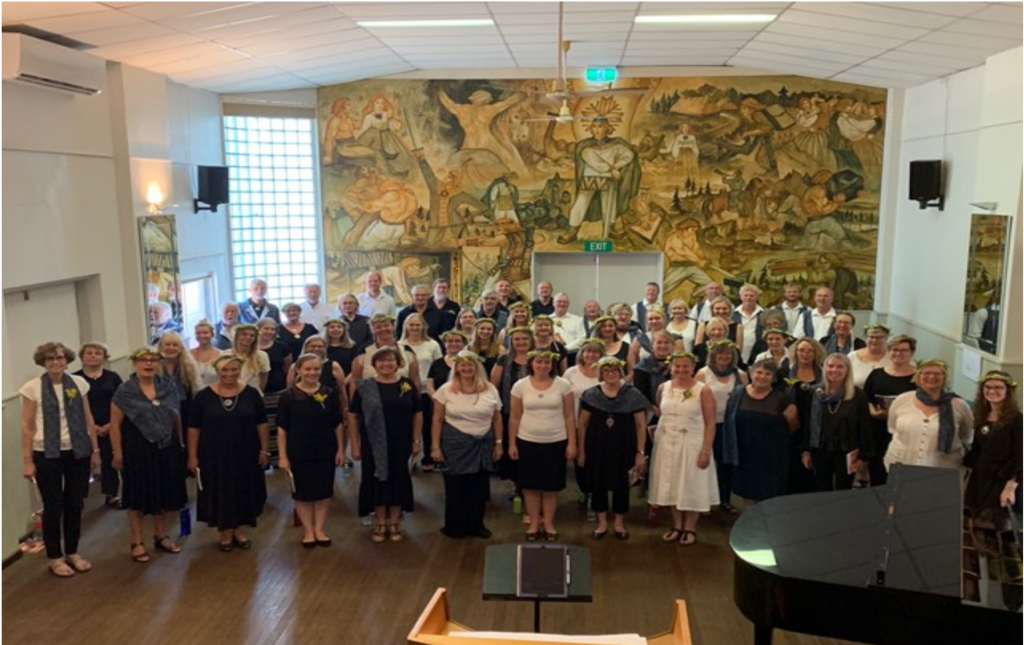
Meeting at a café in Tartu, Estonia’s second largest town, a member Siiri Iismaa said this will be the choir’s second time at the song celebration and this time, most of the members are of Estonian heritage. Siiri’s parents both met in Australia after spending time in Germany at displaced people’s camps after the war and then the UK.
She described her previous experience at the song celebration as “phenomenal”. “Just to be there among all the other singers… it was truly amazing,” she said. Siiri added that learning the older songs also made her feel part of the “Estonian scene”, especially when standing on stage singing with thousands of others.
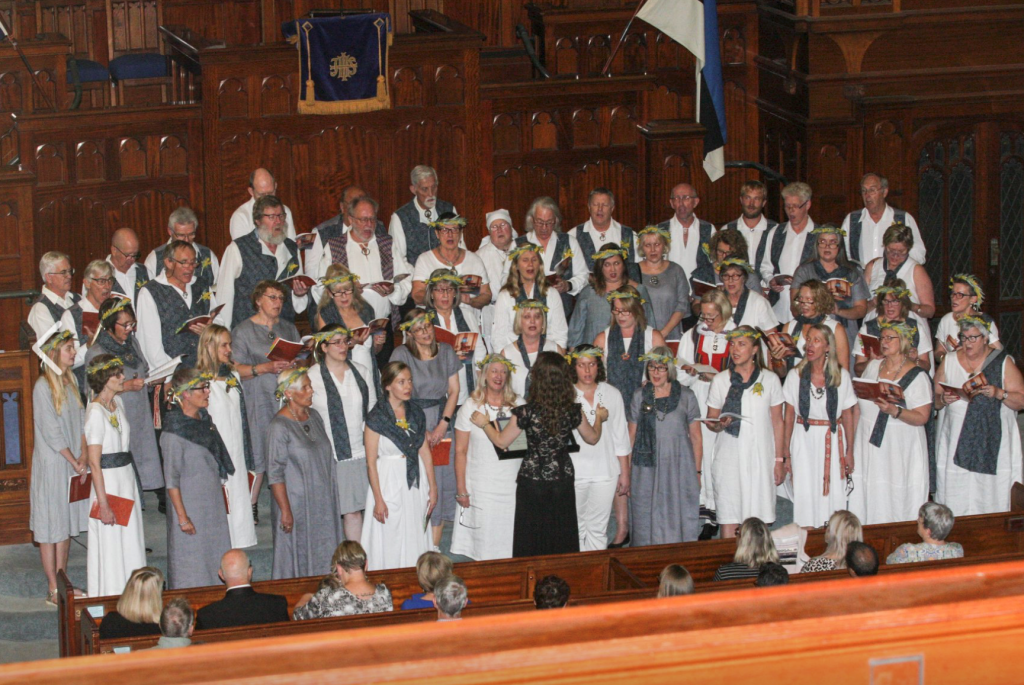
Siiri noted the choir had been very enthusiastic about rehearsals, but learning some of the new songs for this year’s event had been tricky, adding “once you’ve mastered them you just feel terrific and to hear other people sing them and sing along… it’s just amazing”. Her 18-year-old daughter, Ella, who is studying in Estonia for a year, will also be singing in the weekend with the choir.
Both added that the Estonian cultural scene in Sydney was very active and they hoped more new members would join.
This year, Kooskõlas’ costumes are a blend of Estonia’s blue, black, and white flag colours and traditional Australian aboriginal dot patterns.
USA – Seattle’i Eesti Segakoor
For Don Vendetti, the song celebration is a great opportunity to hear how Estonian words should be pronounced. The American is married to an Estonian, Tiina Oviir, who moved to the US twenty years ago. The couple has taken part in both the song and dance celebrations in the past and are very excited to be attending in 2019 with the Seattle’i Eesti Segakoor (Seattle Estonian Mixed Choir) that has been rehearsing for the song celebration together for a year.
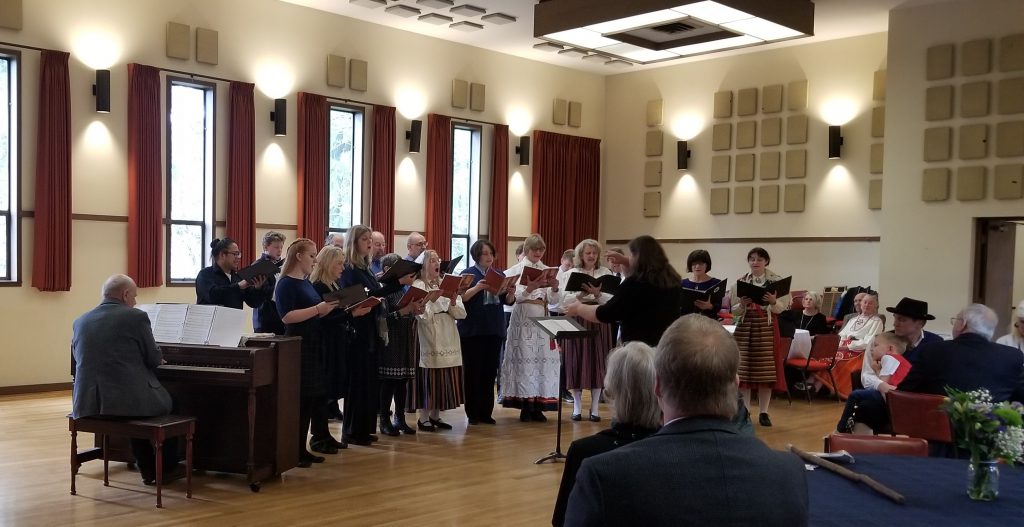
Don said he didn’t understand all the words of the songs but concentrated on trying to get the pronunciation right. “I don’t have someone around me who speaks native Estonian when we are singing normally, so, of course, I pick up all sorts of wrong pronunciations that I don’t even know are wrong until we are there in real time.”
Tiina said the choir also faced challenges – such as getting enough people to attend and getting those members to regularly turn-up to practice. This year, 20 members of the choir will be participating in the song celebration and most of them are not Estonians. The choir gains members because of the Baltic Studies programme, run at the University of Washington, and curious pupils seek them out. “I’m happy I can sing Estonian songs so far away from Estonia,” she said.
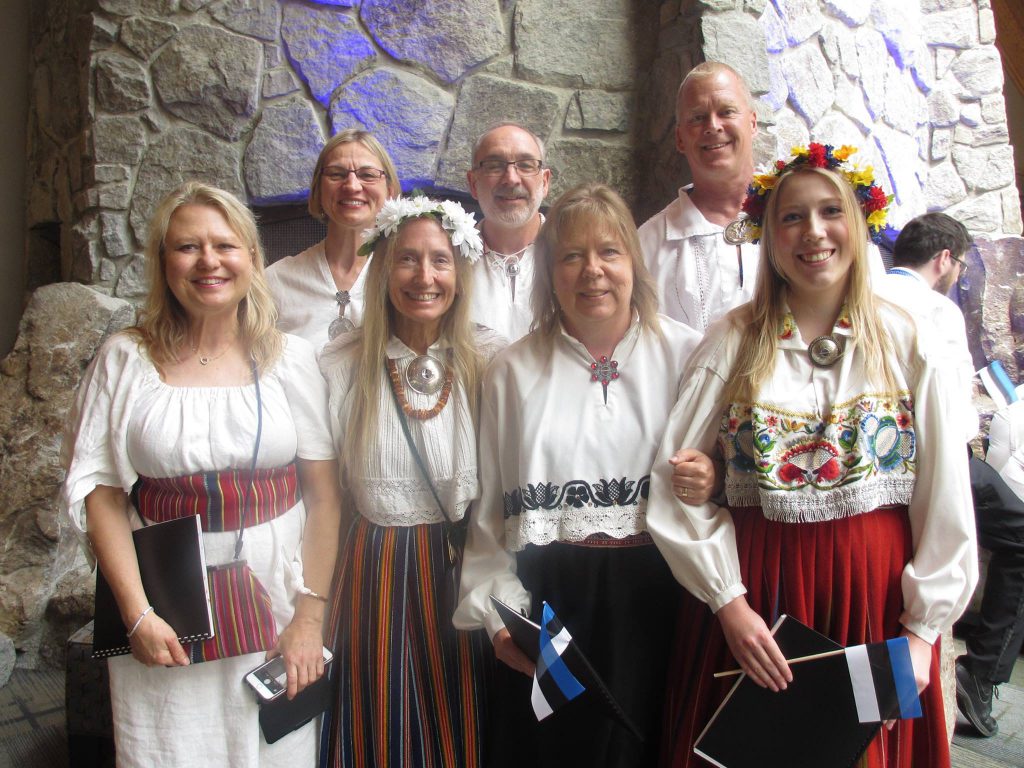
Speaking to Estonian World via Skype about the song celebration, Tiina said, “There are such strong emotions that come up, even just watching on TV or talking about it right now, I can tear up because it’s such a big emotion”. Don added, “What is so amazing is the quality of the singers and when you get that many people singing in unison with the conductors, it’s pretty impressive.”
Canada – Hamiltoni Eesti seltsi segakoor
Liia Hess is a member of the Hamiltoni Eesti seltsi segakoor (Hamilton Estonian Society’s Mixed Choir), which she says is arguably the oldest, continually active choir in North America, having been running since 1949. She told Estonian World by email that this would be the choir’s third time at the song celebration – or as it’s known in Estonian, Laulupidu.
“The choir’s goal is preserving and promoting Estonian choral music, by giving independent concerts, performing in churches, at cultural commemorations and in theatrical productions. The choir has also performed for various Canadian audiences. The choir motto confirms its goal: To sing free, sing free, through the ages,” Hess said.
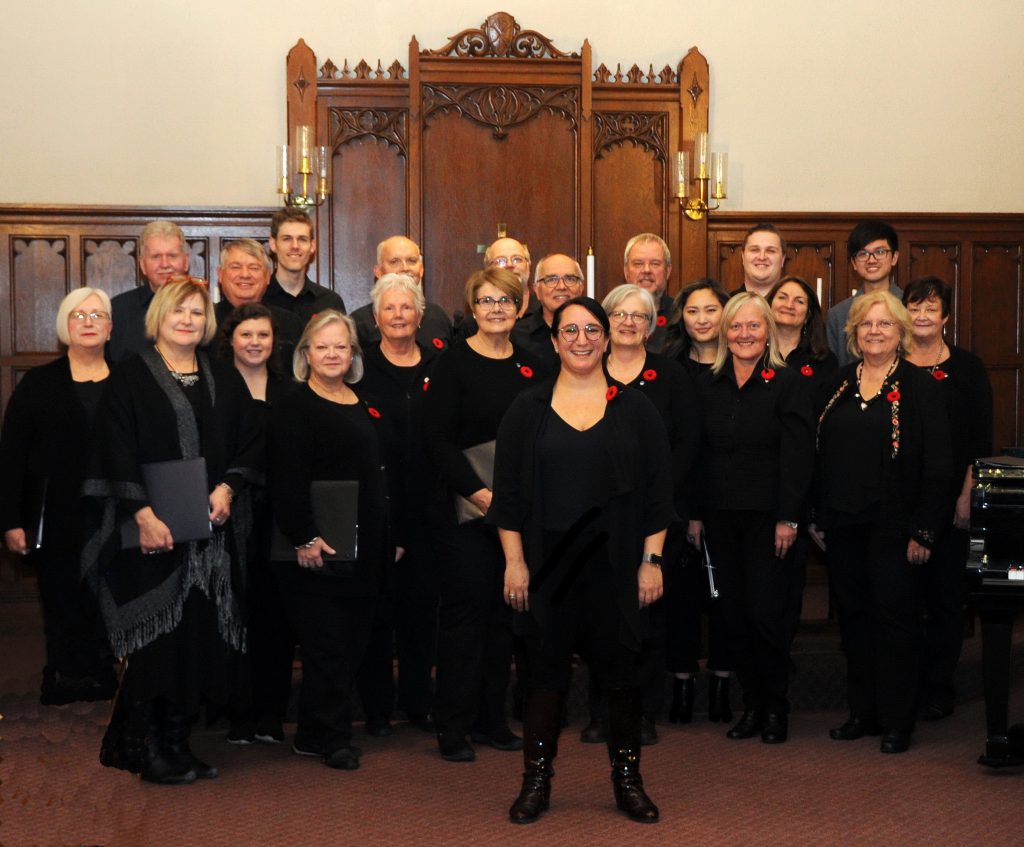
“All of my fellow choir members agree that, singing in the mass choir at Laulupidu for the first time was so emotional that you would cry the whole time,” she recalled. “We were simply overcome by the emotion of ‘see on Eesti’ (this is Estonia – editor), this is the country that I was denied. This is my first opportunity to sing in Estonia, at Laulupidu. I’m actually here! I am in my heritage country, a place where I was not even able to visit in for the first half of my life, but in exchange I grew up in Canada, a foreign, but free country. We were gifted the language and heritage by our grandparents.”
Hess added that preserving Estonian heritage in the masses of North America requires constant effort. “It’s too easy to blend in so it can never be taken for granted. The stimulation, excitement and participation in large cultural events like the song celebration help us stay connected and remain as Estonians regardless of where we live. Coming ‘home’ to Estonia is also like an addictive drug where you need a ‘fix’ at least every five years.”
Canada – Toronto Eesti meeskoor
Andres Raudsepp is a member of the bass section of the Toronto Estonian Male Choir that was founded in 1950, and answered questions on their behalf. He joined the choir in 1964, and this year, is participating at the song celebration. He described himself as “a true Estonian exile, having escaped from the Soviets with my parents at seven years of age in 1944”.
He said members of the choir had participated in previous national song celebrations. “After re-independence in 1991, the choir has visited Estonia five times on concert tours,” he told Estonian World. “It has welcomed guest conductors from Estonia. It participated in the giant workshop held in January of this year and was effectively tutored by one of the chief conductors of the song celebration. We’re sending a good number of our members to the celebration.”
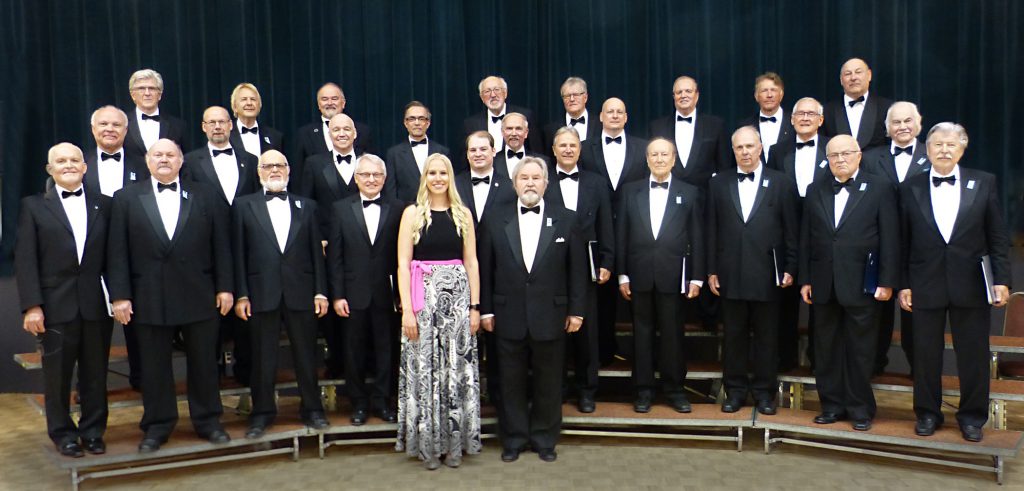
“We see the song celebrations as the main cultural – and political – events for Estonians all over the world,” Raudsepp said, explaining how Estonians abroad view the song celebration. “That includes – and we must not ever forget – the song celebrations during the cruel and rigid Soviet occupation where the events remained for decades as unwritten and unsaid expressions of a continuing desire for freedom to be regained in 1991.”
Europe – Euroopa Eestlaste Koor
In 2006, after being unable to find an Estonian choir in the UK to join, Reet Järvik turned to a choir in Germany. And it turned out that many people around Europe were in the same position as Reet. So, over the years, this German choir has become a European-wide choir – Euroopa Eestlaste Koor (the European Choir of Estonians) – with members coming from around 15 countries.

Reet said members were mostly Estonians who had left the country within the last 10 or so years but wanted to keep singing in a choir while living outside of Estonia. Singers are currently living in Germany, France, the UK, the Czech Republic, Luxembourg, the Netherlands, Sweden, Finland, Spain and others – and number around 150. There are now so many members that the group is closed to new singers. Although, like many choirs, they have fewer men than they’d like.
The group meets several times a year for “intense” singing weekends. Members are very committed and often have to pay hundreds of euros in flight tickets and hotel bills to attend. “But it really is great fun,” Reet, who is also chairperson of the Bradford Estonia Club, told Estonain World over Skype. “I have made some really unique friendships – it’s corny, but it is like one big happy family, we have a special bond.”
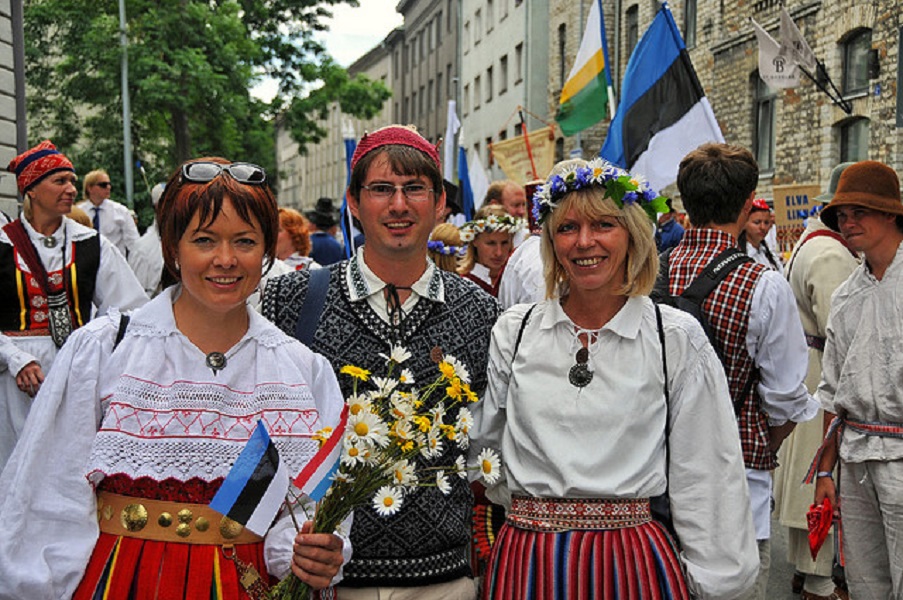
This will be the choir’s third song celebration and more than 100 members will be singing at the event.
As the child of Estonian exiles who moved to the United Kingdom, Reet said the song celebration held special memories for her family and getting to attend it herself “was a dream come true”. “It was something I’d wanted to do for a long time – and I couldn’t believe I was actually there doing it on the stage,” she recalled from her previous experience. “My father used to say to me, ‘I’ll never see a free Estonia, but I think you will’, and those words went through my head when I was standing on the stage for the first time.”
Reet added that on the other hand, it’s not all marvellous. “You’re on there with 30,000 singers, it’s cramped; and if it happens to be a hot day and you’re in that national costume… it’s quite challenging as well.”
Sweden – Stockholmi Eesti Segakoor
Kriistina Rajaleid, a member of the Stockholmi Eesti Segakoor (Stockholm Estonian Mixed Choir), also told Estonian World that the song celebration could be a challenge, too. After moving to Stockholm more than a decade ago, Kriistina joined a choir as soon as she could. The choir is made up of men and women and they meet once a week, with members coming from the greater Stockholm area. For some people this can mean a journey of up to an hour each way.

Members are mostly Estonians who have moved to Sweden in the past two decades, but there are also some former refugees and several Swedes, Germans and an American. Many people use it as a chance to practice Estonian or as a place where they can go to speak Estonian. Like most of the choirs EW spoke with, there has been an increase in interest this year and a swelling of numbers in preparation for the song celebration.
Kriistina said they sang a mix of old and new songs and at the beginning, some of the songs the group sang, she had never heard sung back home. “It was more Estonian here than it was at home,” she said.
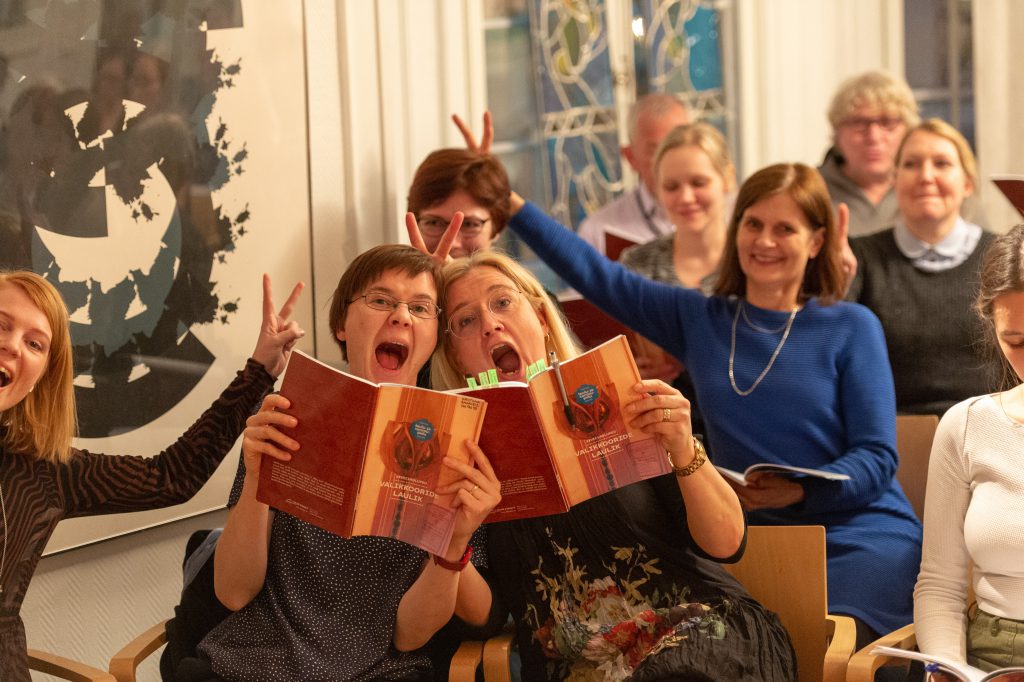
She noted that the feeling of being at the song celebration was “difficult to describe”, but it is “very powerful” and “very emotional”, when one is part of the enormous choir.
Speaking about the challenges she said, “It is physically very demanding, and you need to be physically and mentally very strong to manage because we have rehearsals in the morning and then it ends at 10 in the evening. It is a lot of standing. It can be too warm or too wet and maybe it takes two hours to go to the toilet. It is not a comfortable thing. It is like you’re running a marathon.”
Japan – Wakayama Children’s Choir
After hosting the Estonian Radio Choir in Japan last year, the members of the Wakayama Children’s Choir decided to audition for the song celebration. Founded in 1958, the choir has around 100 members who practice every week. Singers are aged between six and 18 and around 60 of them will be singing in Tallinn at the weekend.
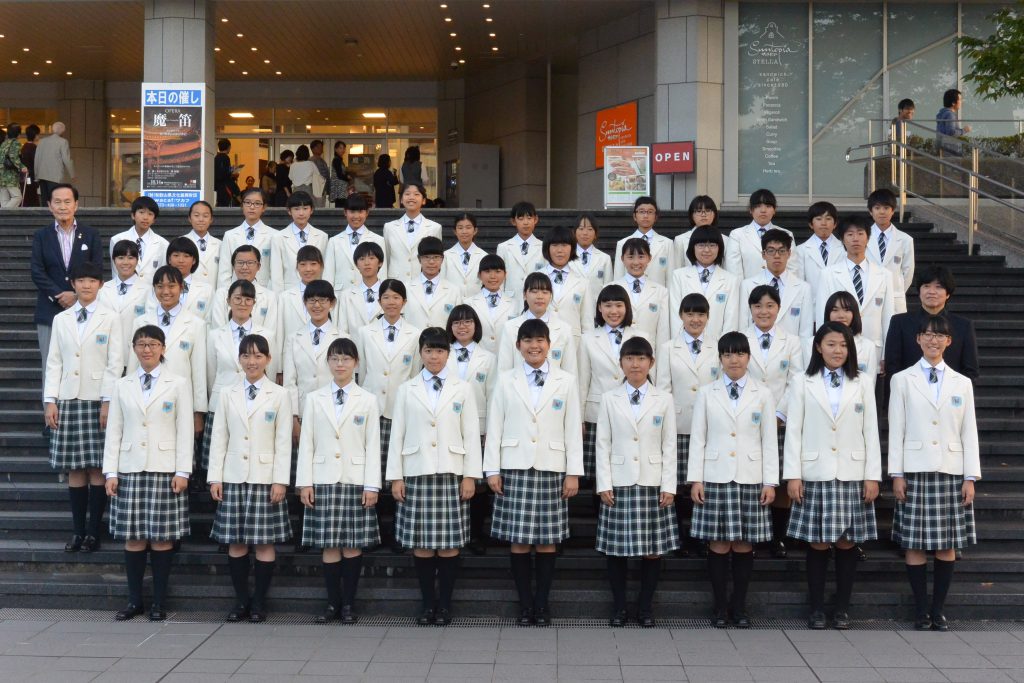
This will be the choir’s first time at the song celebration and member Reiko Masuda said the group had enjoyed every part of the process to get here. “We are very excited to be going to Estonia, we love choir music and to be a part of the festival,” she said. “Also, we are excited to sing with so many people! We love all the songs!”
A unique event with a long history
The Estonian Song Celebration is a unique event, which every five years brings together a huge choir of up to 30,000 people for a weekend in July. Approximately 100,000 spectators enjoy the concerts and sing along to the most popular songs.
The celebration was initiated in 1869 by newspaper publisher Johann Voldemar Jannsen, as part of the Estonian national awakening movement. The first singing event was held in Tartu, with 878 male singers and brass musicians. All the songs were in Estonian and Estonians – mostly peasants and farmers at the time – discovered the value of their own language and cultural heritage through singing.
Since then, the singing celebrations became the main anchor of Estonian identity. In the 19th century, the choirs and song celebrations were at the core of the national awakening of Estonian peasants and it helped establish an identity that indirectly led to the country’s independence in 1918.
After the Second World War, during the Soviet occupation, the song celebrations again helped keep the national identity alive. In the summer of 1988, several hundred thousand people gathered at the Tallinn Song Festival Grounds and sang for freedom for many days and nights. Dubbed “The Singing Revolution”, it indirectly led to Estonia’s independence once again in 1991.
You can find more information on the 2019 Song and Dance Celebration here.
Cover: Kooskõlas Segakoor.

